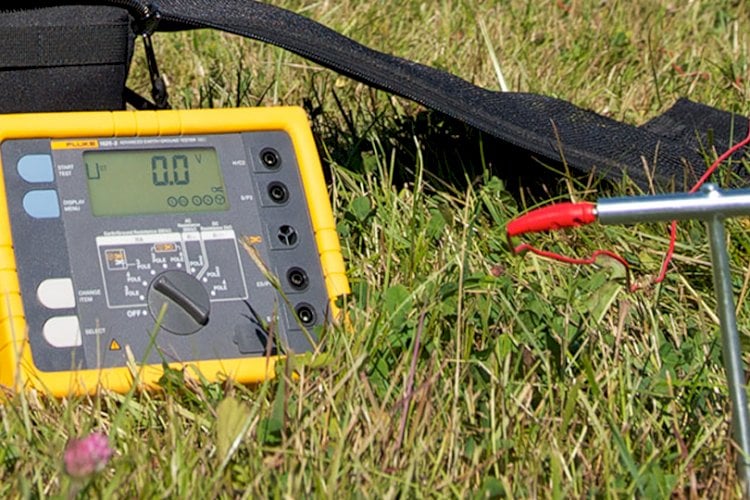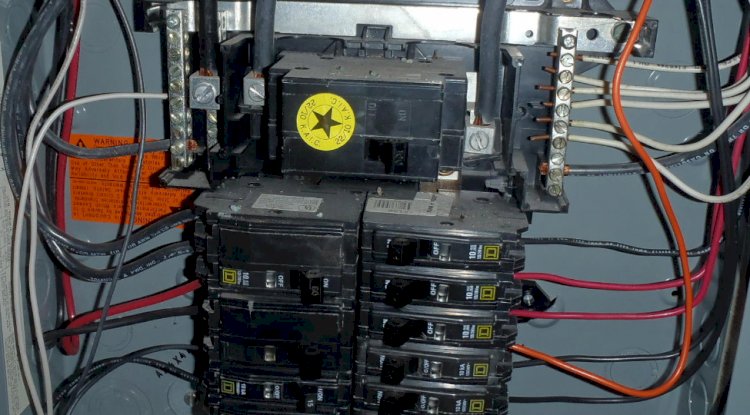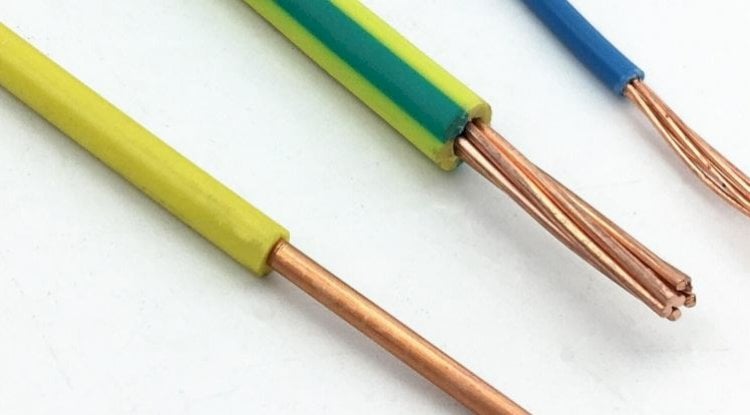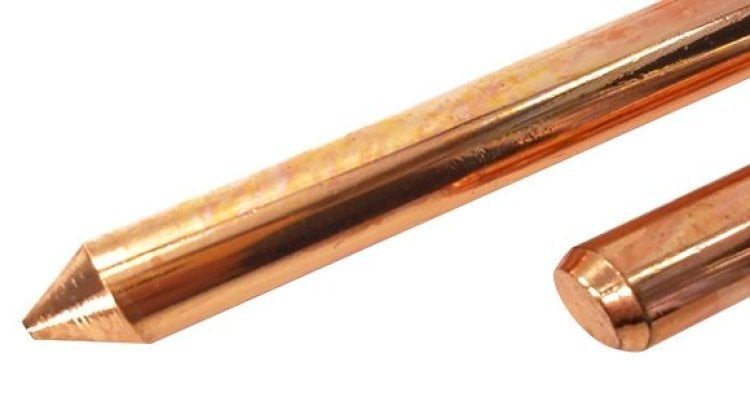It’s entirely possible to test both above-ground and below-ground copper grounding and earthing networks without shutting down your site or digging up the soil. Advanced, non-invasive testing techniques can be used to analyze your grounding system’s low-impedance ground-fault current paths—critical to site safety—while keeping operations running smoothly. This means you can assess the integrity of your grounding system and determine if improvements are needed, all without impacting your day-to-day activities.
Non-Invasive Testing: A Practical Solution
Non-invasive testing methods for grounding and earthing systems measure key factors to ensure they will protect your personnel and equipment from electrical hazards. Testing typically includes measuring soil resistivity, checking the continuity of fault current paths, measuring the resistance-to-ground of specific electrodes, verifying bonding between objects, and examining mechanical connections. Additionally, these tests help detect any objectionable currents on the system, ensuring the network operates safely.
No Need for Shutdowns
All of this is achieved with minimal impact on operations, following standards such as NFPA 70B and IEEE Std. 81. At E&S Grounding, our Principal Engineer actively collaborates on IEEE working groups for standards like IEEE 80, 81, and 998, ensuring that our methods align with the latest industry guidelines.
Compliance Without Disruption
The great advantage of non-invasive testing is its versatility. Virtually any component of your grounding system can be inspected without halting operations, including:
The great advantage of non-invasive testing is its versatility. Virtually any component of your grounding system can be inspected without halting operations, including:
- Ground Rods – per NEC 250.52
- Ground Rings – per NEC 250.52
- Concrete-Encased Electrodes (Steel Rebar in Concrete) – per NEC 250.52
- Low-Impedance Ground-Fault Current Paths – per NEC 250.4
- Objectionable Currents – per NEC 250.6
- Resistance-to-Ground – per NEC 250.53
- Neutral-to-Ground Bonds – per NEC 250.6, 250.24, 250.28, 250.30, 250.32, and 250.142
- Isolated Grounds – per NEC 250.146
- Bonding Requirements – per 250.4, and many other codes
- Lightning Protection System (LPS) – per NEC 250.104
- Telco, Optical Fiber, Data, Alarm, and CATV Systems – per NEC 250.94
- Broadband Systems – per NEC 830 and NEC 840
- Fire Sprinklers – per NEC 250.104
- Gas Pipes – per NEC 250.104
- Building Steel – per NEC 250.52, 250.53, 250.68, and 250.104
- Water Pipe – per 250.52, 250.53, 250.68, and 250.104
- Metal Fences – per 250194
- Data Center / Telco Grounding – per ANSI-TIA-607-E, ATT-TP-76416, and Motorola R56
- Substation Grounding – per IEEE Std. 80
- Soil Resistivity Testing – per IEEE Std. 81
Additional inspections can include surge protection devices, grounding maintenance program evaluations, generator grounding, and more, all without interfering with your operations.
When Invasive Testing is Necessary: The 3-Point Fall-of-Potential Test
While non-invasive tests cover most needs, there are cases where more invasive methods, like the 3-Point Fall-of-Potential Test, are required. This test is often used for grounding electrode networks but demands specific conditions, including a large, open area free from buried metal objects and a full site shutdown. This type of testing requires complete isolation of the grounding system from other electrical networks, which may involve disconnecting every ground conductor at the facility. Though thorough, the test’s complexity and preparation time make it an option reserved for very specific scenarios.
For the 3-Point Fall-of-Potential Test to be effective, the below-grade grounding system must be isolated to allow the test signal to travel through the earth to a remote reference point. This isolation process alone can take days, making the test both time-consuming and logistically challenging, especially for larger grounding grids.
Minimal Excavation for Ground Rod Inspection
In most cases, there’s no need to dig up soil to inspect a grounding system. Non-invasive testing, such as the Wenner 4-Point Soil Resistivity Test, doesn’t require excavation or shutdowns. However, corrosion can sometimes be an issue, particularly with copper-clad steel ground rods, which may corrode over time due to Galvanic reactions with the soil.
If excavation is necessary to inspect for corrosion, only a small section (usually the upper 18 inches) of the ground rod needs to be exposed, which can be done with minimal disturbance. Typically, inspecting ground rods located at the farthest corners of the grid offers the best insight, as objectionable currents tend to travel to these extremities before entering the soil.
The Value of Grounding and Earthing Systems
Grounding systems are a crucial piece of your site’s infrastructure. Beyond protecting personnel from electrical hazards, they enhance the reliability and longevity of sensitive equipment. Compliance with OSHA’s CFR 1910.269 and the recently updated NFPA 70B standards is mandatory, underscoring the importance of keeping these systems in optimal condition.
For any questions about your site’s grounding and earthing systems, or to schedule a non-invasive test, please contact E&S Grounding Solutions at 1-310-318-7151. We’re here to help you ensure safety, compliance, and peace of mind.
Let's Talk! Schedule a FREE Phone Consultation Today.
Wherever you're located, learn how good a fit we are for your project.







